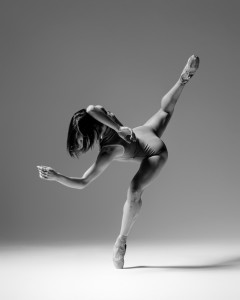
Music and athleticism, the joy and shadows of childhood play, and the city of Atlanta itself inspire the works in 20|20: Visionary, presented at the Cobb Energy Performing Arts Centre from March 18 – 20. A mixed bill of choreography created exclusively for Atlanta Ballet, the program features Amy Seiwert’s Home in 7, Darrell Grand Moultrie’s Boiling Point, and the world premiere of Douglas Lee’s Playground.
Seiwert’s Home in 7, made for the company in 2010, reflects Atlanta’s culture and diversity. The piece includes live music by Daniel Bernard Roumain and spoken word by Marc Bamuthi Joseph. Roumain, a violinist and acclaimed composer, is known for combining classical music, hip-hop, and funk. Joseph, an award-winning poet and Morehouse College graduate, will perform seven original poems about the city specifically written for this collaborative work.

“Home in 7 is a relationship between dance, poetry, and music,” says Atlanta Ballet’s 20-year veteran Tara Lee who appeared in the work in 2010 and will revisit it this week. “All parts are equal, and there’s a dramatic level change when we have all the live artists together for the first time. I remember that from the last time we rehearsed the piece; that’s the moment when we experience what the work is about. It’s about being partners with the words and the song, expressing something in that moment together.”
For Kiara Felder, now in her second season with the company, Home in 7 comes at a special time in her life. “This is unique for me because I am really starting to identify with and call Atlanta my home,” she says. “I also read a lot of poetry, so I feel a strong connection with this piece. It’s an interesting challenge to dance with words and emotions driving you.”

Boiling Point, created for Atlanta Ballet in 2008 by Darrell Grand Moultrie, is inspired by the music of Kenji Bunch and pushes dancers’ physical limits. “It’s all about the energy you feel and how much you can expand it beyond yourself,” says Lee. “Having danced the piece before with a different cast, I realize how different a piece can be depending on who’s interpreting it. The group dynamic can shift with just one dancer changing…and that’s the fun part–to be sensitive to that playing of energy.”
Felder agrees, “Boiling Point gives us an opportunity to showcase our technical skills, and the energy of our company builds on each dancer’s unique attributes. It is very exciting to be on stage together in that way.”

Douglas Lee’s debut work for Atlanta Ballet, Playground, draws upon his memories of childhood play—both its uplifting and sinister elements. “The physicality in this work is extreme and twisted, and yet it flows in such an organic and natural way,” explains Tara Lee. “This juxtaposition of beauty and distortion is visually fascinating, especially when Douglas plays with partnering between dancers. There are moments when the chaos becomes synchronization, and you realize there was a method to the madness the whole time.”
“Each piece in 20|20: Visionary incorporates different styles and approach to movement,” says Jared Tan, a member of Atlanta Ballet for six seasons. “I find it challenging as a dancer but, at the same time, I love it because it helps me be versatile. I can’t wait to perform these works on stage!”
Tickets start at $25.00. Purchase here.
From Atlanta Ballet’s website:
“Run time is approximately 2 hours and 8 minutes, including two 20-minute intermissions.”
“Home in 7 will be sign interpreted for the deaf/hard of hearing during the 20|20: Visionary performance on Saturday, March 19 at 2pm. Designated seats can be reserved online by clicking here or by calling 770.916.2852. Reserved seats are located in the Right Orchestra and the front right of the Center Orchestra.”
https://www.youtube.com/watch?v=DnaVzxtNBuU





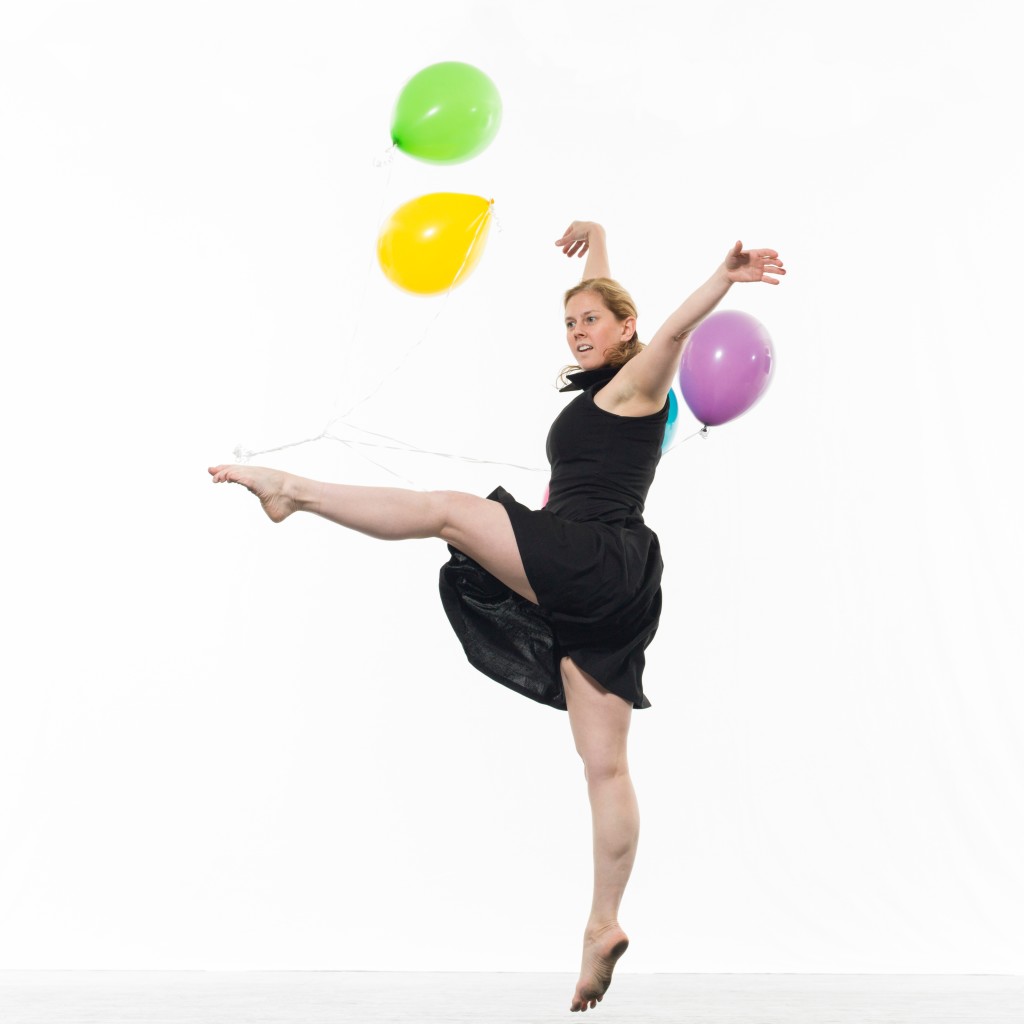
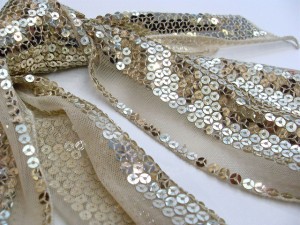 Dress Rehearsal With Costuming
Dress Rehearsal With Costuming Prep Your Music
Prep Your Music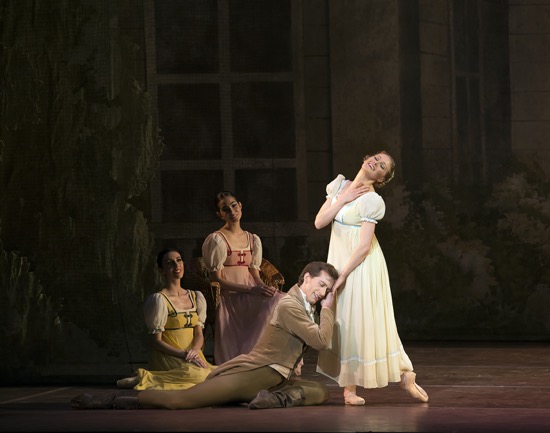
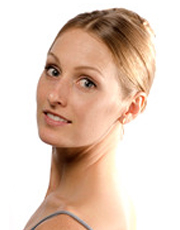 Contributing writer Ashley Ellis is a principal dancer at
Contributing writer Ashley Ellis is a principal dancer at 
